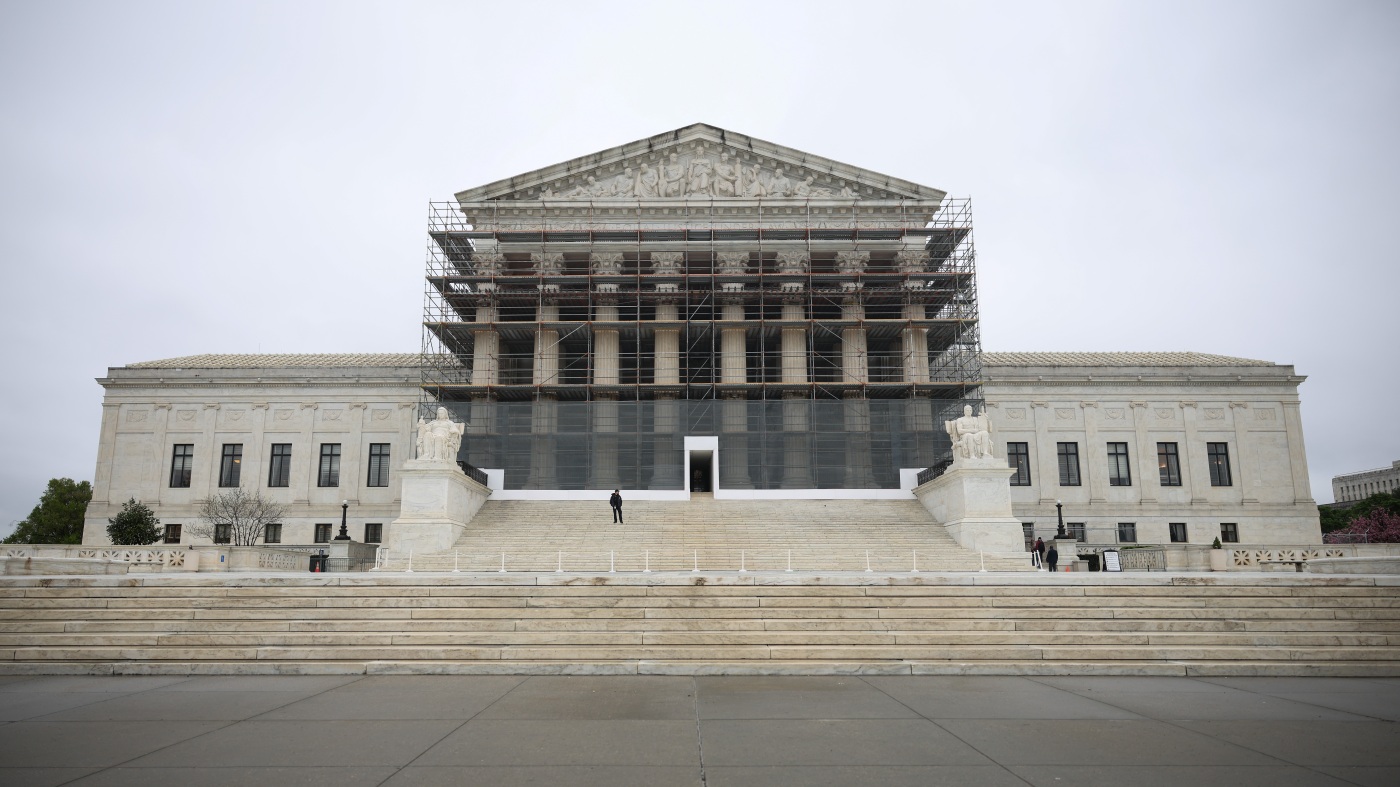The Supreme Court recently heard a case that could reshape the support available for children with disabilities in public schools. At the center of this case is Ava Tharpe, a teenager with a rare form of epilepsy. Due to her condition, she needs help with daily activities and has frequent seizures. In Kentucky, her school accommodated her by scheduling classes in the afternoon and providing evening instruction at home. However, when her family moved to Minnesota, her new school refused to adjust her schedule.
This led to a significant cut in her instructional time—Ava received only 65% of the education her peers got. Frustrated, her parents took legal action against the Osseo Area School System, arguing it violated the Americans with Disabilities Act, the Rehabilitation Act, and the Individuals with Disabilities in Education Act. These laws require schools to offer reasonable accommodations for students with disabilities.
Initially, a state administrative judge sided with Ava’s family, stating that the school’s rationale for denying her a full day of instruction was “not credible.” Nevertheless, it took a federal court effort to ensure Ava received the education she was entitled to. Her parents sought compensatory damages not allowed under one law, but permissible under the others.
The case has broader implications. Five federal appeals courts currently require parents to show that school districts acted with “bad faith or gross misjudgment” to qualify for damages. In contrast, two other courts allow parents to prove “deliberate indifference,” which is easier. The Supreme Court’s decision could either maintain the stringent standard or lower it, impacting many families struggling to secure educational support for their disabled children.
This case has captured the attention of disability rights advocates who back Ava’s fight, arguing that a favorable ruling could help countless families. However, the opposing side warns that a win for Ava could lead to overwhelming liability for school systems nationwide.
Recent data reveals that over 7 million students in the U.S. receive special education services. Many face challenges in accessing appropriate accommodations, which not only affects their education but their overall well-being. Advocates emphasize the importance of this Supreme Court ruling, as it could either reinforce or dismantle barriers that hinder necessary educational support for many children like Ava.
In summary, this case could signify a pivotal moment for disability rights in education, highlighting the ongoing struggle for equal access and the pursuit of justice within the complex web of federal laws designed to protect vulnerable students.
Source link






















